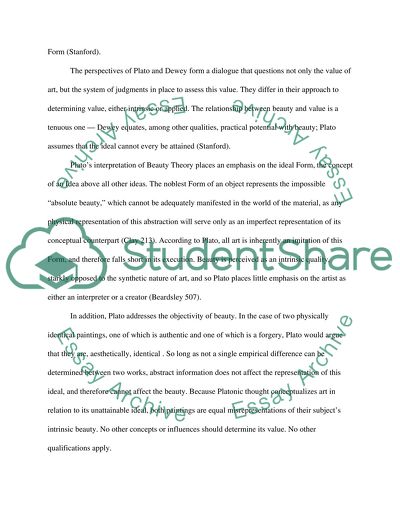Cite this document
(“Art and Imitation: Aesthetics and the Value of the Beautiful Essay”, n.d.)
Art and Imitation: Aesthetics and the Value of the Beautiful Essay. Retrieved from https://studentshare.org/philosophy/1418310-critical-essay
Art and Imitation: Aesthetics and the Value of the Beautiful Essay. Retrieved from https://studentshare.org/philosophy/1418310-critical-essay
(Art and Imitation: Aesthetics and the Value of the Beautiful Essay)
Art and Imitation: Aesthetics and the Value of the Beautiful Essay. https://studentshare.org/philosophy/1418310-critical-essay.
Art and Imitation: Aesthetics and the Value of the Beautiful Essay. https://studentshare.org/philosophy/1418310-critical-essay.
“Art and Imitation: Aesthetics and the Value of the Beautiful Essay”, n.d. https://studentshare.org/philosophy/1418310-critical-essay.


